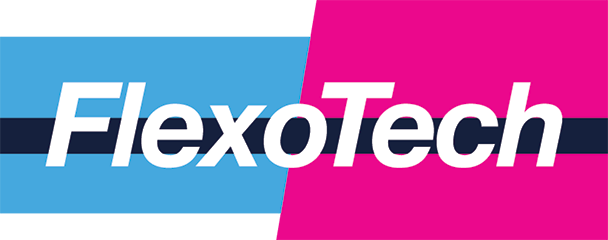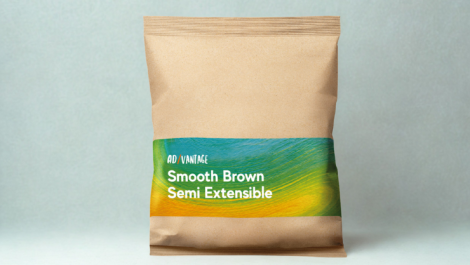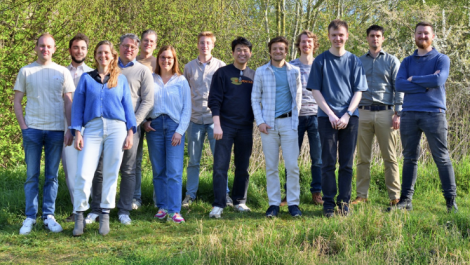The UK printing and printed packaging sector saw output hold steady in Q1 2025 despite orders not meeting forecasts, according to the latest BPIF Printing Outlook report. While confidence remained fragile, it did not deteriorate as much as expected, and output volumes slightly exceeded predictions. The industry anticipates a modest recovery in Q2.
Business confidence, however, remains low. Key concerns identified in the survey include aggressive competitor pricing, wage pressures, and inadequate sales levels. Red tape and taxation have also become more prominent worries among respondents.
In terms of costs, most companies maintained stability across key areas in Q1, but labour costs continued to rise. Paper and board reclaimed their position as the largest share of total costs, accounting for 34% in April.
Employment trends were negative for the second quarter in a row, with more companies cutting staff than hiring. Plans for profitability are shifting back towards cost control as a primary strategy.
Sustainability remained a focus, with 77% of respondents reporting that they now measure carbon emissions—62% have been doing so for more than a year. Waste reduction emerged as the top sustainability investment area, ahead of solar panels and electric vehicles. Over four-fifths (83%) of companies said they are actively working to reduce their carbon footprint.
BPIF economist Kyle Jardine commented: “Wage pressures have blocked recruitment intentions – and together with wider economic uncertainties, have restricted the ability of companies to reach their desired levels of investment.”
BPIF chief executive Charles Jarrold backed industry calls for government support: “Our members are crying out for government to reduce the cost, regulatory and compliance burden… and make it easier for them to invest in both skills and technology.”
The Q2 Printing Outlook report also covers data on turnover, capacity, costs, pay reviews, international trade, and sustainability.






